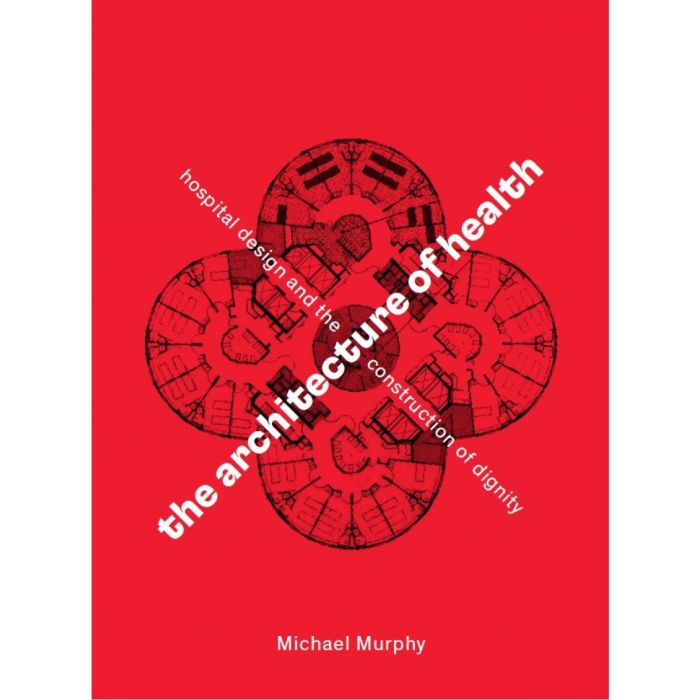My Cart
Your cart is empty
Looks like you haven't made your choice yet.
- Subtotal
The Architecture of Health

Hospital Design and the Construction of Dignity
- T & H Distributed
- Cooper Hewitt
- Jr. Michael P. Murphy
More Information
| Publisher | T & H Distributed |
|---|---|
| ISBN | 9781942303312 |
| Author(s) | Jr. Michael P. Murphy |
| Publication date | November 2021 |
| Edition | Hardback |
| Dimensions | 250 x 190 mm |
| Pages | 272 |
| Language(s) | Eng. ed. |
| Exhibition | Cooper Hewitt |
Description
Architecture of Health is a story about the design and life of hospitals?about how they are born and evolve, about the forces that give them shape, and the shifts that conspire to render them inadequate. Reading architecture through the history of hospitals is a deciphering tool for unlocking the elemental principles of architecture and the intractable laws of human and social conditions that architecture serves in each of our lives.
This book encounters brilliant and visionary designers who were hospital architects but also systems designers, driven by the aim of social change. They faced the contradictions of health care in their time and found innovative ways to solve for specific medical dilemmas. Less-known designers like Filarete, Lluís Domènech i Montaner, Albert Schweitzer, Max Fry and Jane Drew, John Dawe Tetlow, Gordon Friesen, Thomas Wheeler, and Eberhard Zeidler are studied here, while the medical spaces of more widely-known architects like Isambard Brunel, Aalvar Aalto, Le Corbusier, Louis Kahn, and Paul Rudolph also help inform this history. All these characters were polymaths and provocateurs, but none quite summarizes this history more succinctly than Florence Nightingale, who in laying out her guidelines for ward design in 1859, shows how the design of a medical facility can influence an entire political and social order.
Architecture of Health, richly illustrated with images and never before published renderings and drawings from the MASS Design Group, charts historical epidemics alongside modern and contemporary architectural transformations in service of medicine, health, and habitation; it explores how infrastructure facilitates healing and architecture’s greater role in constructing our societies.

The Architecture of Health
